Thai Binh joins the “billion dollar club” in attracting FDI, opening the door to welcome real estate investors
Among the potential industrial park markets of the Red River Delta, Thai Binh is considered a "promised land", possessing economic strength and impressive growth rate.
The driving force of Thai Binh's transformation
Once considered the "rice granary" of the North, in recent years, Thai Binh has undergone a strong shift in its economic structure. Accordingly, the locality is adjusting to reduce the proportion of agriculture and fishery and increase the proportion of industry and construction. Specifically, in 2023, the agriculture - forestry - fishery sectors will account for only 19.9% of GDP, while the industry - construction sector will account for 45.0% and the service sector will account for 29.1%.
By 2030, Thai Binh strives to increase the industrial structure to the maximum level. Specifically, the economic structure by industry and construction accounts for about 62.1%; GRDP per capita is equivalent to the national average.
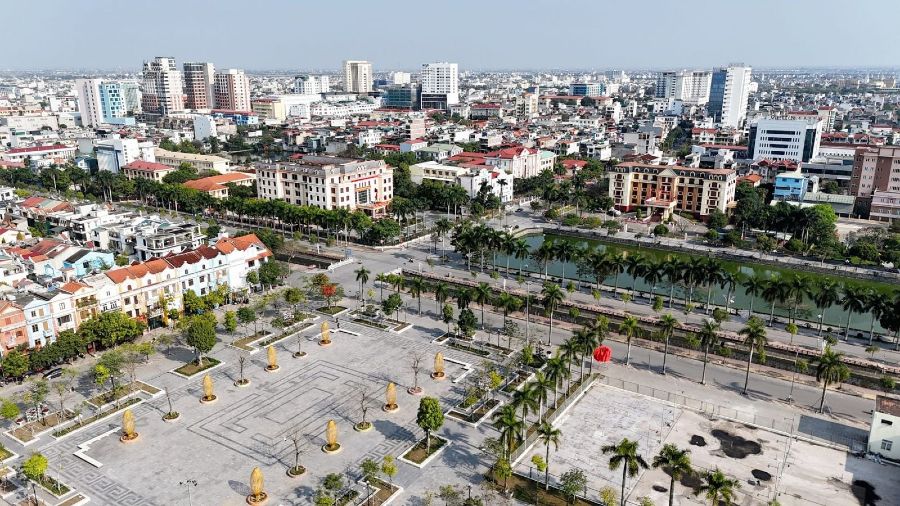 |
| Standing in the Top 5 nationwide in attracting FDI capital, Thai Binh is gradually affirming its investment attraction (Source: thaibinh.gov) |
In the planning of Thai Binh province for the period of 2021 - 2030, with a vision to 2050, the development of service industry is also oriented as a pillar of economic growth. The goal is to build Thai Binh into a modern industrial center, becoming the leading industrial and energy center in the Red River Delta; a transit area and a distribution center for goods in the southern Red River Delta and the North Central region.
To achieve the goal of becoming an industrial center, Thai Binh has built Thai Binh Economic Zone on an area of 30,583 hectares with a length of about 54 km along the coast. Of which, the area for industry, urban areas and services is over 8,000 hectares. With a scale of 22 industrial parks, Thai Binh Economic Zone is expected to have room for development like Quang Yen Economic Zone (Quang Ninh) or Dinh Vu - Cat Hai Economic Zone (Hai Phong) in the next 3-4 years.
After the Government's efforts and determination to develop industry, Thai Binh has now begun to reap "sweet fruits" when in 2023, nearly 3 billion USD of FDI capital was invested, the highest ever, ranking in the top 5 nationwide in attracting FDI capital, officially bringing Thai Binh into the "Billion Dollar Club" in attracting foreign direct investment.
In addition, in the first 6 months of 2024, the economic picture of Thai Binh province grew beyond forecasts with many impressive indicators in export, industry, etc. Specifically, investment capital attraction of Thai Binh province reached 7,769.9 billion VND, 2.2 times higher than the same period. Of which, foreign direct investment (FDI) reached 232 million USD (5.7 times higher than the same period). Total investment capital implemented in the area is estimated at 27,647 billion VND, up 6.9% over the same period.
It can be said that the shift in the economic picture of Thai Binh and the trend of FDI flow into the province have affirmed the strong investment attraction of Thai Binh - a strategic location attracting investors who want to expand and develop production and business.
Connected transport creates development breakthroughs
In the goal of promoting economic development, Thai Binh province clearly defines the organization of development space in a harmonious and sustainable direction, closely linked with the Red River Delta and North Central regions.
Accordingly, the planning of Thai Binh province for the period 2021-2030, with a vision to 2050, has oriented the development space of Thai Binh to include 1 center, 4 socio-economic spaces and 3 economic corridors.
One center is Thai Binh City, which plays the role of administrative, political, economic and cultural center of the province; where urban economic, commercial and service activities are concentrated and is the link with the provinces in the Red River Delta and the whole country.
Accordingly, Thai Binh city focuses on synchronous and systematic development of traffic and urban infrastructure; ready to expand to promptly respond to the strong industrial economic development momentum in the future.
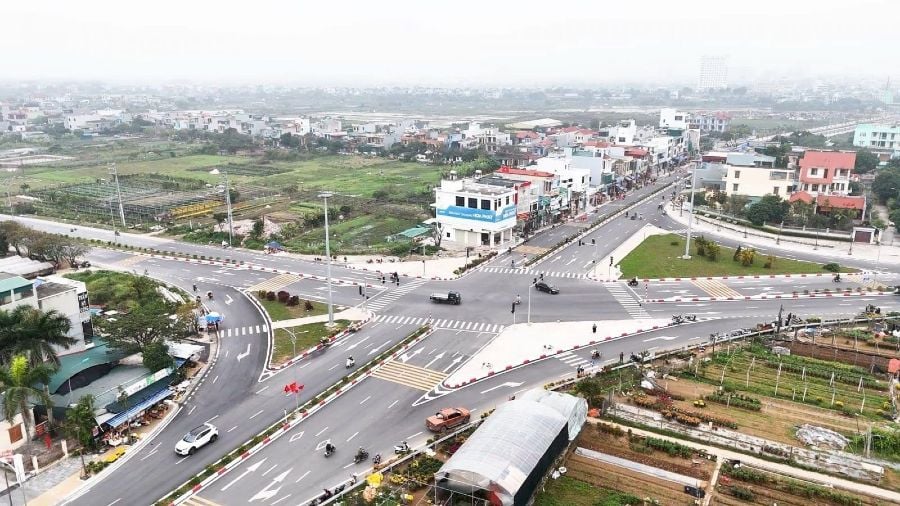 |
| Focus on developing infrastructure connecting Thai Binh city with provinces in the Red River Delta (Source: thaibinh.gov) |
The three economic corridors include: The Northwest corridor connects peripheral areas with neighboring provinces (Hung Yen, Ha Nam) and towards Hanoi city, corresponding to the beltway 5 - Hanoi (CT.39) and route CT.16 serving the connection from the coastal economic zone to Thai Binh city and the Northwest economic zone of Hanoi capital.
The Eastern Economic Corridor connects the Northeast - Southwest axis, corresponding to the Ninh Binh - Hai Phong - Quang Ninh expressway.
The Northeast - Southwest economic corridor connects the North Central provinces to Hai Phong city and Quang Ninh province, corresponding to the coastal highway connecting 6 provinces and cities, forming a chain of coastal economic zones, becoming an important economic - social driving force of the entire Red River Delta region.
The three economic corridors not only play an important role in the transport infrastructure, making Thai Binh a transit area and a goods distribution center for the southern Red River Delta and the North Central region, but also making this locality a new economic and industrial growth pole of the Red River Delta.
According to Mr. Nguyen Van Dinh - Vice President of Vietnam Real Estate Association, the strong economic development and industrial park infrastructure in Thai Binh are increasing the demand for housing and utility services. This is the basis for the boom of Thai Binh real estate market with many opportunities for real estate investors.



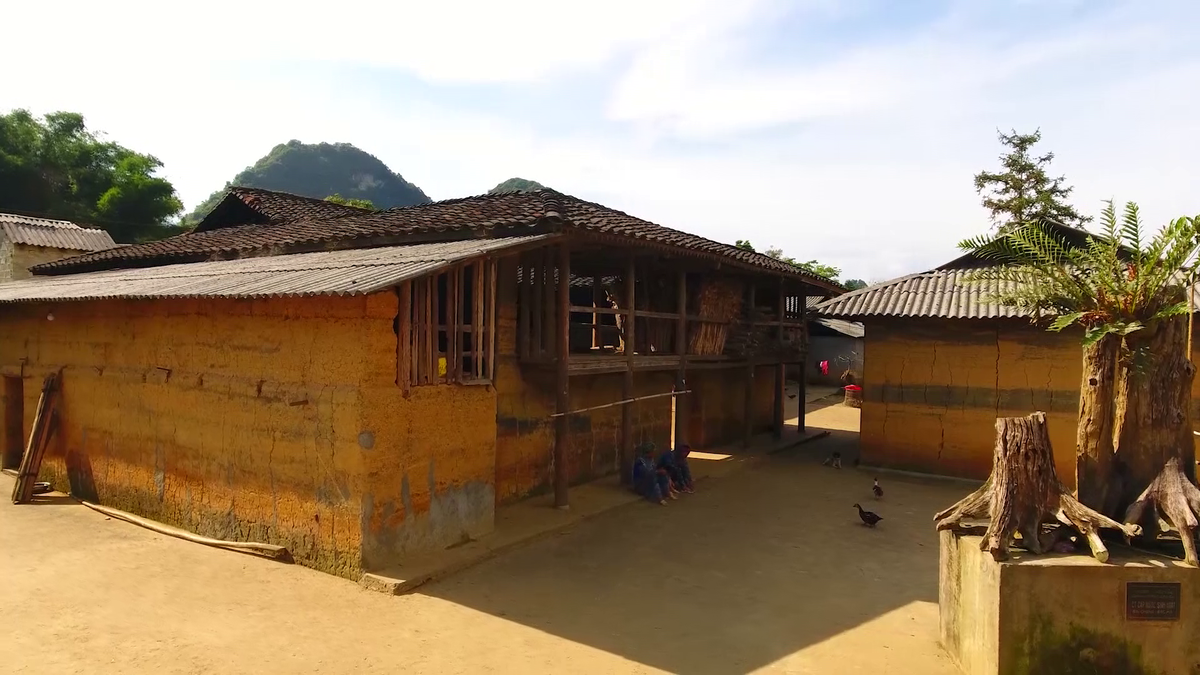
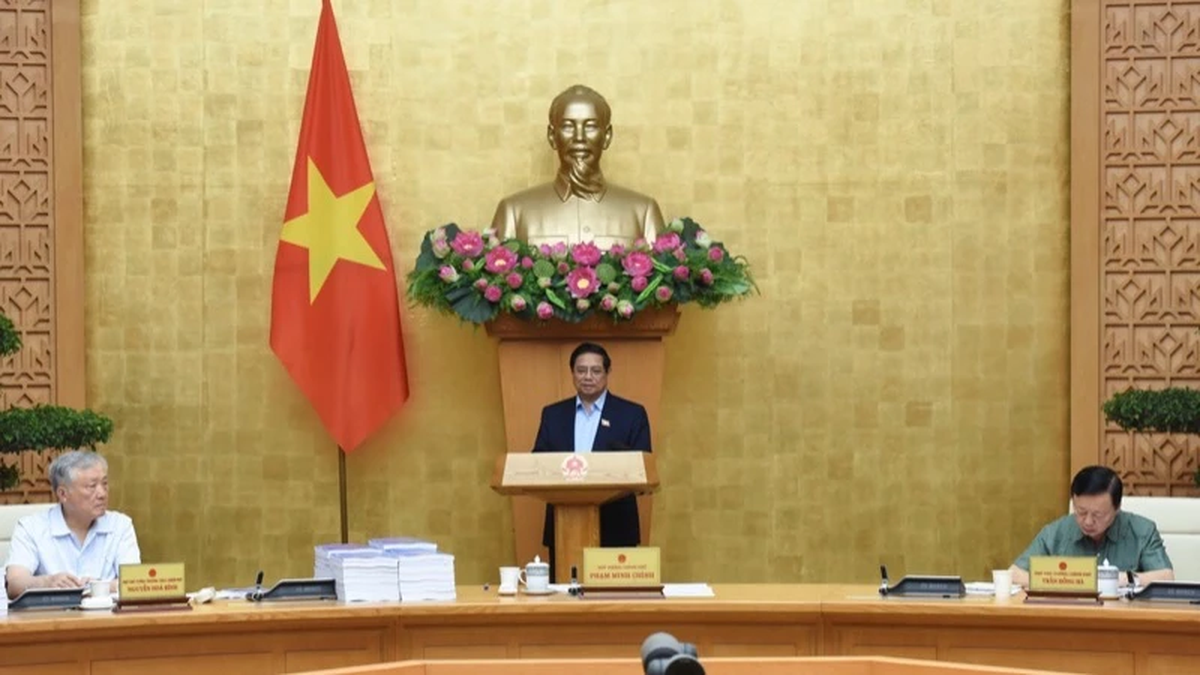

![[Photo] Magical moment of double five-colored clouds on Ba Den mountain on the day of the Buddha's relic procession](https://vphoto.vietnam.vn/thumb/1200x675/vietnam/resource/IMAGE/2025/5/9/7a710556965c413397f9e38ac9708d2f)
![[Photo] Prime Minister Pham Minh Chinh chairs a special Government meeting on the arrangement of administrative units at all levels.](https://vphoto.vietnam.vn/thumb/1200x675/vietnam/resource/IMAGE/2025/5/9/6a22e6a997424870abfb39817bb9bb6c)
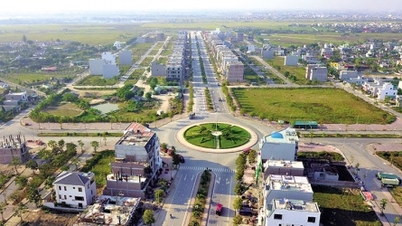

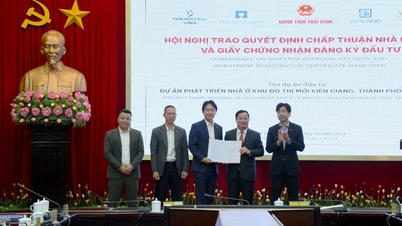
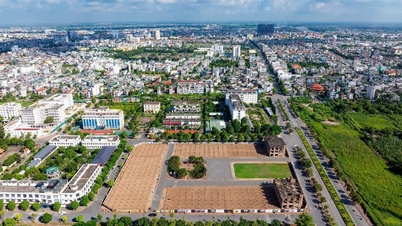
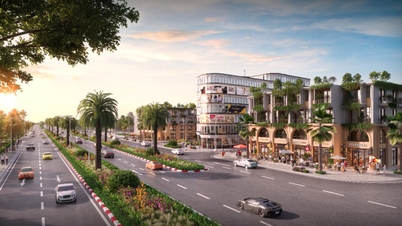

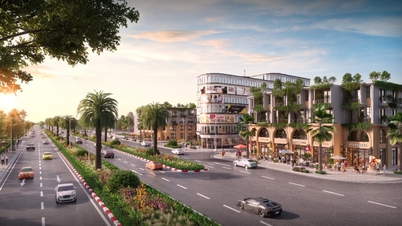
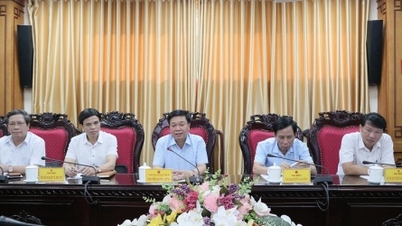
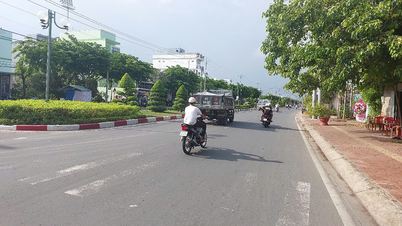

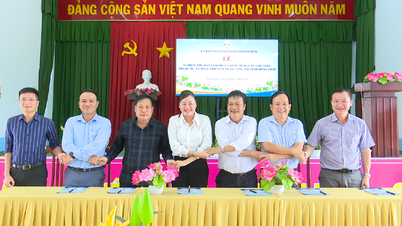
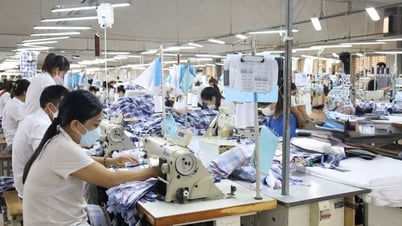

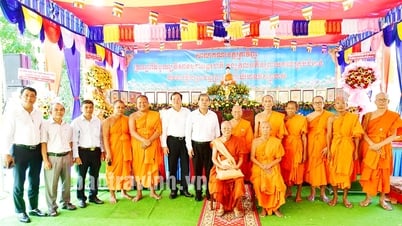






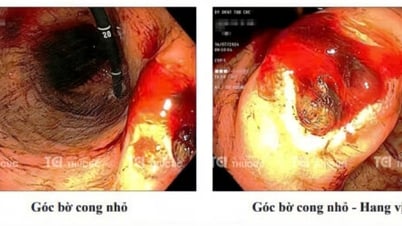
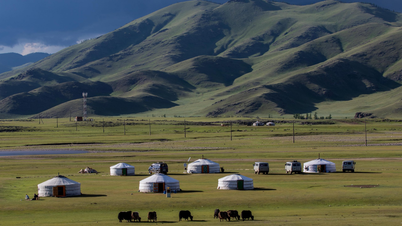

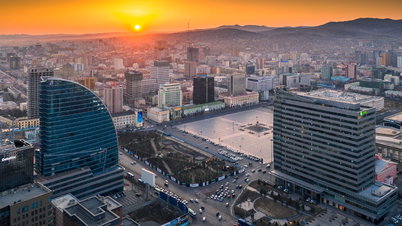
![[Photo] Russian military power on display at parade celebrating 80 years of victory over fascism](https://vphoto.vietnam.vn/thumb/1200x675/vietnam/resource/IMAGE/2025/5/9/ce054c3a71b74b1da3be310973aebcfd)
![[Photo] General Secretary To Lam and international leaders attend the parade celebrating the 80th anniversary of the victory over fascism in Russia](https://vphoto.vietnam.vn/thumb/1200x675/vietnam/resource/IMAGE/2025/5/9/4ec77ed7629a45c79d6e8aa952f20dd3)









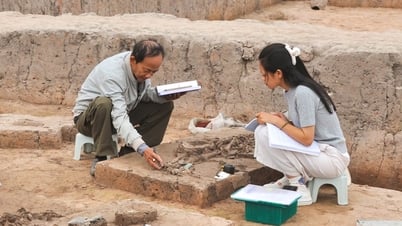

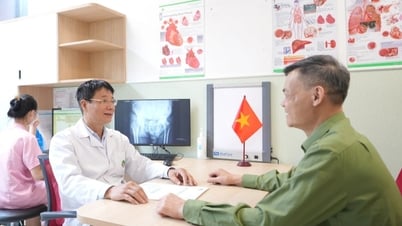
















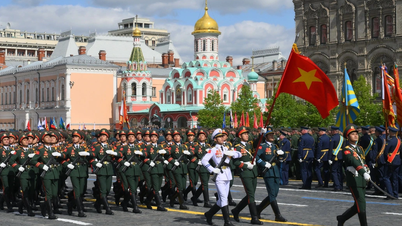
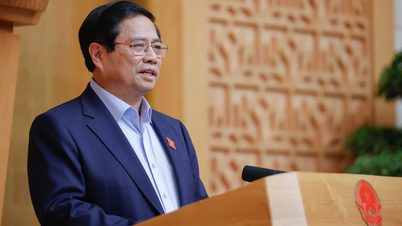
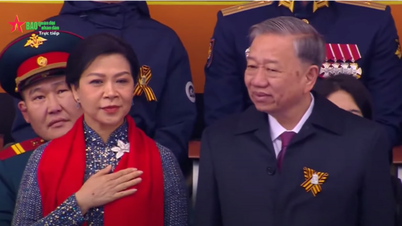


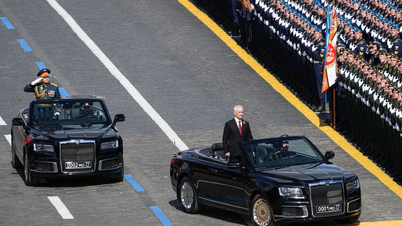

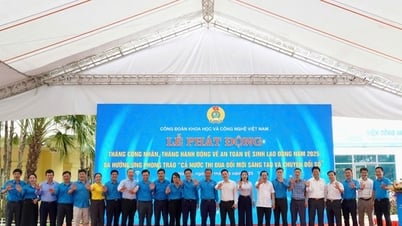

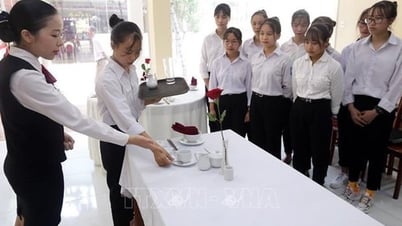

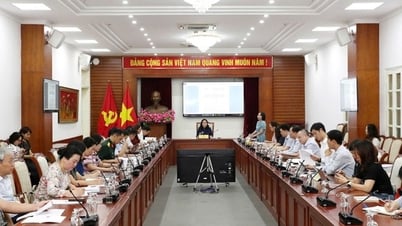
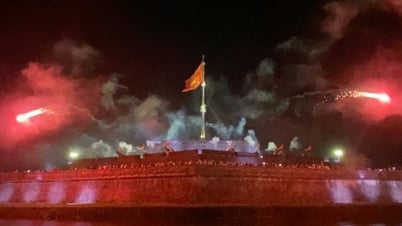
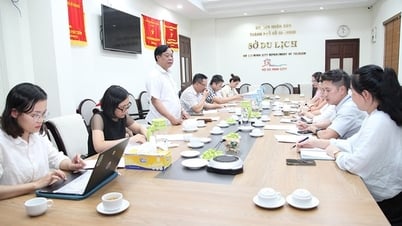
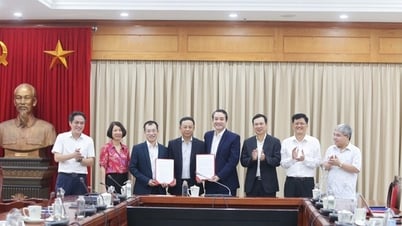
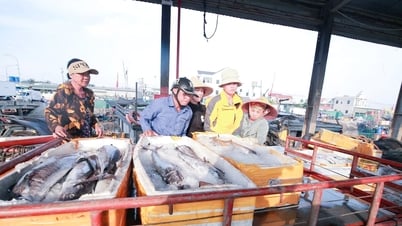

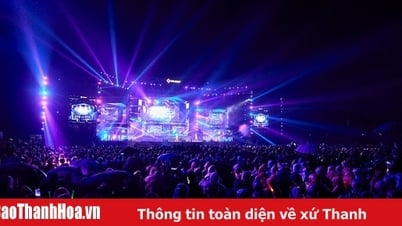



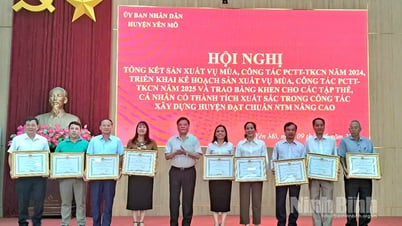













Comment (0)